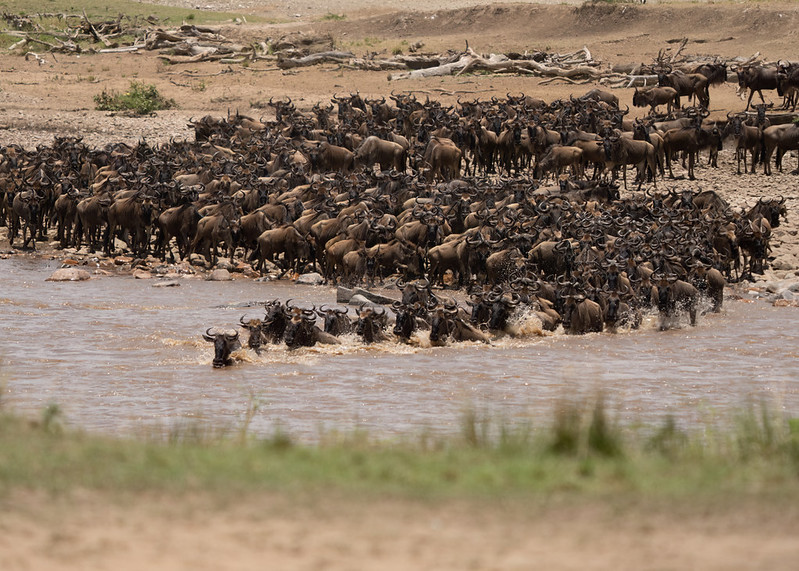Cultural encounters in Masai Mara
Cultural encounters in Masai Mara
Cultural encounter in Masai mara is mainly a visit to the local Masai tribe in Kenya, the Masai where the first inhabits in Masai Mara, they settled here are practiced various activities. The Masai people are famously known as pastoralists whose lives depended entirely on cattle keeping, they carry out mainly cattle grazing and move from place to place in search for water and pasture for their animals.
The Masai tribe are the main dominants of Masai Mara, it is also where the national reserve derived its name from. It was named after the Masai people as an honor to them. they reside on the southern part of Kenya and the Northern Tanzania. Many travelers in the park, often visit the Masai for their Unique culture and their way of life. during this visit, its mainly done by visiting the Masai home steads where you will be exposed to the daily life of the Masai people. They are known to be the warriors who protect their homesteads and the cattle. While in the villages, you will encounter the locals who will show case various activities like milking the cows, also they will shoe you the traditional way of making fire using wood used by the ascent people, cattle grassing, making ghee, you can also join and participate in the traditional dances organized by the Masai warriors the act of jumping up and down following rhythm of the traditional folks’ songs.
You will also engage with the old women and men who have more knowledge about the ascent people who first lived in Masai mara, you will listen to the stories, history of the park and deep traditional culture where by they have refused to adopt to the modern way of life.
Cost of visiting the Masai tribe of Masai mara Kenya
The Masai villages are situated within the parks outreach, and its one of the most done activities by many travelers in the park. Visiting the Masai is at a small fee and it’s paid per person, the Masai cultural tour costs $50 per person and lasts for about 4 days but can also decide it to the whole day activities since there is lots of activities to do and see within the surrounding areas of the park. While there, you can also take time and visit the souvenir shops where you will see the beautiful ornaments made by the Masai people, you can also purchase some of your tribe which will be a great service to them since the income got from the sale of the products is used I various ways to provide the basic needs for the families.
Way back, before the setting up of the national reserve, the Masai had occupied and owned larger portions of the land in the park but when the government came in, other parts were taken and elevated to the national reserve, and other portions of the land was distributed among the communities and were set up as conservations as way of protecting the animals. The conservations are mainly owned by the locals as way of giving back to the communities. Including; ol kinyei conservation, olare Orok conservancy, Mara North Conservancy among others there a habitat for nature and Mammal which can also be visited for wild life viewing and also offers a great opportunity to meet the indigenous Masai People the First inhabits of the area.
The Masai tribe, reside within the parks boundaries and visiting time would of the best experiences you will encounter in Masai Mara. The cultural visit can be done both in the morning or in the evening after the fascinating game viewing experience in Mara reserve.
The Masai tribe dressing code
The Masai are the people who have refused to adopt to modernization and still deeply rooted in their culture, they love ornaments most especially the women. The Maasai are famous and easily recognizable thanks to their traditional robe, the Shuka; it is a bright-colored cloth, predominantly red, wrapped around their lean and slender frames, red symbolizes Maasai culture and it is the color believed by these people to be able to scare off lions even from a great distance, they are also dressed in beads around their necks, hangs and Ankles among other body birds.




